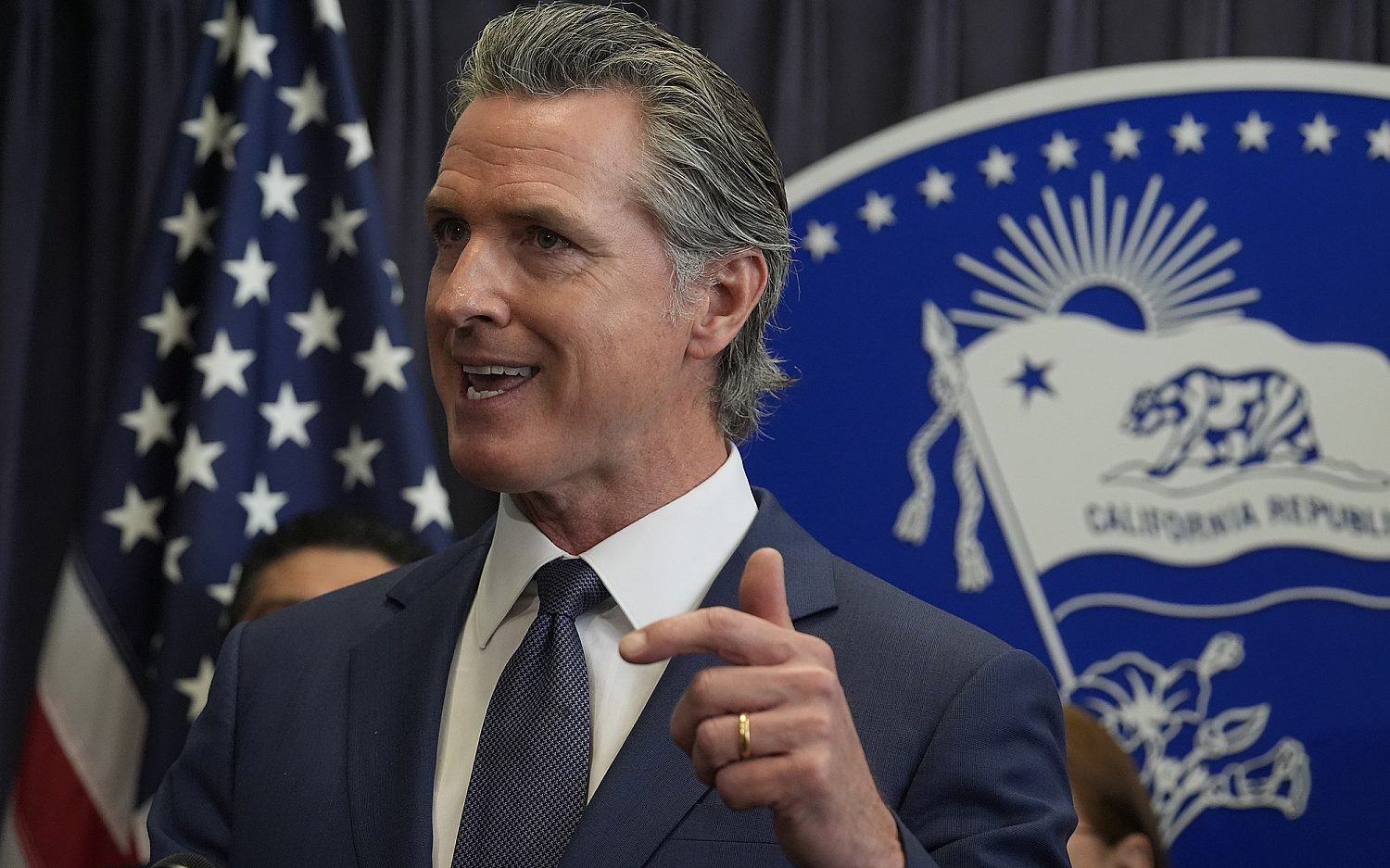South Side inmates
Gang members sentenced for a brutal rape of two 15-year-old girls in 2006 as prosecutions mount
In November of 2006, dozens of South Side Locos gathered at the home of a member, Alex Vigil, known as "Slim," in Woodstock, about 20 miles south of Winchester on I-81. They got a couple of 15-year-old girls so drunk they passed out. Several gang members then raped and otherwise sexually assaulted the girls while others chanted the gang name and drew graffiti on one girl's back.
Last month Luis Hernandes-Callejas, 17 at the time of the crime, was sentenced to 13 years and 8 months after pleading guilty to rape and gang participation and Ryan Williams, then 19, got 18 years after pleading guilty to rape, forcible sodomy, and gang participation.
"Today's sentencing helps close the chapter on a vicious crime," said Virginia Attorney General Ken Cuccinelli in a press release. "No one should suffer at the hands of gangs, and today's sentences send a message to all gang members that such brutality and inhumane acts will not be tolerated in our commonwealth."
Other gang members convicted include Alex Vigil, who pled guilty to rape, forcible sodomy, and gang participation; Antonio Mendoza, who pled guilty to aggravated sexual battery, and gang participation; and Harrold Brian Guanillo-Cueva, who pled guilty to rape, aggravated sexual battery, and gang participation. Vigil was sentenced to 20 years, Mendoza to eight years, and Guanillo-Cueva will be sentenced on May 4th. Police believe the South Side Locos have about 800 members.
This is the third major gang prosecution in Virginia in the last two months.
On April 14, a federal grand jury indicted 11 members of the Bounty Hunter Bloods/Nine Tech Gangsters for violence, intimidation, and drug trade in Chesapeake, Portsmouth, and Suffolk. The men are charged with a variety of violent acts including murder, maiming, and assault with a deadly weapon. The indictment also stated that the gang members distributed ecstasy, sold weapons, and conspired to commit robberies. One of the men indicted, Dearnta Lavon, is a founding member of the Bounty Hunter Bloods. He is accused of 15 different crimes including the selling of crack cocaine and heroin.
Two other men, Kiwanii Edward Mosley and Jamyia Rashad Brothers, were charged with the 2007 murder of Ronald and John Trollinger in Portsmouth.
"It's wonderful [that they were indicted], and I just hope they don't ever see the light again," said John Trollinger's daughter, Shelly Boone. "I just think they're scum… and I hope they get everything they deserve."
On March 18, eight members of the Ivy Street Gangstas were indicted for involvement in a criminal organization that is responsible for murders, robberies, weapons violations, and drug trade. According to the U.S. Attorney General's Office, the ISG operate in Newport News and Hampton, and associate with national gangs such as the Bloods and Crips.
The Northern Virginia Regional Gang Task Force has addressed gang activity in northern Virginia since 2003. Northern Virginia reports the majority of the state's gang activity and is home to at least 80 criminal gangs.
Since 2003, the Gang Task Force has created an intelligence database for the region, aided police departments with establishing gang units, and developed procedures for reporting and tracking gang activity and trends. Despite the high number of gangs in the area, Northern Virginia still boasts a crime rate that is less than half than the national average.
There appears to be progress. The Northern Virginia Gang Assessment, published in September of 2009, showed that during the five year span of 2003 to 2008 several crime trends were significantly lowered in northern Virginia. Aggravated assaults were down 23 percent, robberies were down 16 percent, motor vehicle thefts were down 39 percent, and violent crimes against people were down 17 percent.
The Gang Assessment stated that there were 10,208 reported gang-related crimes in northern Virginia from 2003-2008. But the actual number of gang-related crimes, including crimes that went unreported, is estimated to be much higher. Almost 50% of gang-related, reported crimes involved vandalism, destruction of property, and graffiti. The largest gangs in northern Virginia are MS-13, with an estimated 3,000 members, the South Side Locos, Bloods and the Crips.
The Gang Task Force has been involved in the arrest of almost one thousand gang members over the past five years. The Task Force also focuses efforts on guiding youths away from gangs, offering, among other programs, a summer youth employment program, a tattoo removal program, and a soccer program.
Some communities are also trying to reign in gangs. In early March, The Suffolk News-Herald reported the work of a local church combating gang violence. The Pleasant Union Baptist Church held a "Gang Workshop," a public awareness event attended by local law enforcement.
"We are working together to help young people, not involved in gangs, and their parents to become more aware of gang activity in Suffolk," said Felecia Anderson, director of children's ministry at Pleasant Union Baptist Church, according to The Suffolk News-Herald. "In order to prevent gang activity, you need to be aware of what's in the city of Suffolk and the community you may live in."
The Boys & Girls Club of Greater Lynchburg's "Gang Prevention through Targeted Outreach" program takes young people who are considered at risk of being recruited by gangs and provides them with alternative activities.
Aaron Smith, the Targeted Outreach Director, said that youths are drawn to gang for a variety of reasons. "Sometimes it is a peer pressure decision that is made, sometimes they're just looking for protection, and sometimes they have low self-esteem and just follow along with a trend."
Youths in low income families sometimes join gangs looking for an opportunity to make money by selling drugs. "With the single parent family there is sometimes a lack of supervision, a lack of parental support," said Smith. He added that youth who are often unsupervised are in danger of joining a gang looking for excitement, notoriety, or power. Gangs can often represent a false sense of family for young people, especially those without a father figure in their lives.
Gangs recruit children around the age of 9, although, depending on the gang influence within the community, recruitment could come a lot earlier.
"The recruiting happens in middle school, and by the time they get into high school they've made the decision about which path they are going to take at that point," said Smith.
The results have been positive. Young people involved in the gang prevention program have seen their grades rise significantly, while their school disciplinary problems have dropped significantly. Every child in the program has an adult mentor. The program has seen a 97% success rate with their youths not being involved in the juvenile court system, including those kids who had been involved in the court system before joining the program.
"Anyone can refer a child; it doesn't have to be an organization. Any concerned citizen can tell us, 'so and so might be in danger of joining a gang, what can you do?' and we'd take it from there," said Smith.
The Associated Press contributed to this report.
"Like" us on Facebook today!
An actual newsletter worth subscribing to instead of just a collection of links. —Adam
Sign up to receive The Sift email newsletter each weekday morning for the latest headlines from WORLD’s breaking news team.




Please wait while we load the latest comments...
Comments
Please register, subscribe, or log in to comment on this article.